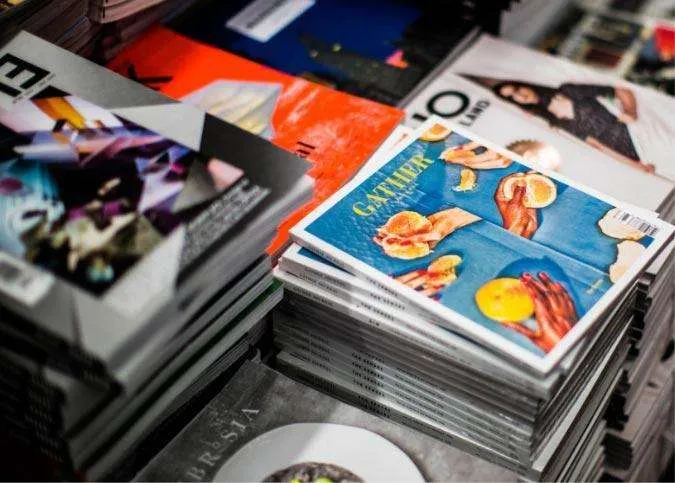
What Type of Paper Is Right for Your Printing Needs? Guide By Bestype Printing NYC
September 1, 2020
New York City businesses and artists want their print jobs to match the pace and excitement of the city—fast, vibrant, and full of energy. And that means knowing your way around paper. What weight should you use? What stock is most suited for your needs? Will coated or uncoated paper show off your project to its best advantage? Getting high-quality results with a fast turnaround time depends on how you answer these questions, and we’ve put together a quick and easy guide to help you do just that.
Paper Weight
Weight denotes how sturdy or thick paper is. Sometimes this is also called density, and a good way to think of it is to imagine holding a sheet of paper up to a light—the more dense, thick, or weighty the paper, the less light will show through it.
Weight is measured a couple of different ways:
- Pounds (lb or #): When paperweight is designated in pounds, it’s not the weight of an individual piece of cut paper that’s being measured, but the weight of a whole uncut piece, or ream. Different types of paper come in different-sized reams, but generally, when you see a package of paper labeled, for example, as 20 lb, it means the paper weighs 20 pounds per 500 cut pieces.
- Point (pt.): Point measures the thickness of an individual sheet of paper in increments of thousandths of an inch; a 12 pt. piece of paper then is 0.012 inches thick.
- Density (gsm): GSM stands for grams per square meter and refers to how much a piece of paper weighs in grams (the universally recognized metric measurement) per square meter.
Whichever of these measurements you use, however, the same rule applies—the higher the number, the thicker, heavier, and sturdier the paper.
Paper Types and Their Uses
Beyond the considerations of weight, the paper also comes in types, and each type lends itself best to different kinds of printing jobs. The following are a few of the most common types of paper, organized from thickest to lightest weights, along with examples of the sorts of printing jobs for which they are typically best suited.
- Board Paper (general weight range 90-110 lb): Board paper falls on the upper range of thickness and sturdiness, along with Bristol and index. These types are best for projects that require a more substantial paper, similar to a poster.
- Cover Stock (general weight range 50-120 lb): Cover stock is sometimes called card stock and is not as thick as board paper, but still has a substantiality to it. Oftentimes cover stock is used for business cards, postcards, greeting cards, and booklet and magazine covers.
- Text Paper (general weight range 70-100 lb): Text paper gets its name from the fact that its weight, and the ease with which it can be rolled for printing, makes it perfect for book pages. Text paper is also sometimes called ledger or offset, and its other uses include printed handouts and flyers.
- Kraft Paper (general weight range 20-70 lb): Because kraft paper is manufactured via a process that renders wood into wood pulp, the paper is quite strong and durable. It’s also 100% recyclable. Kraft paper is often used for envelopes, grocery bags, and for packaging and shipping.
- Bond Paper (general weight range 20-28 lb): Sometimes called standard paper, bond paper is extremely common as it is generally used in copy machines, printers, and for letterhead.
Paper Coatings
Coated paper is treated with a topical sealant which acts as a barrier against the ink spreading as it dries. This results in images that are sharper and typically more vibrant. Coated paper is not without its drawbacks, however, in that it can be difficult to write on, and is not amenable to certain types of printers, particularly desktop printers.
There are different types of coatings that can be applied to paper, and depending on how much shine you want your printing project to have, you could opt for the high sheen of a gloss coating, the moderate sheen of a satin coating, the flatter, more opaque feel of a matte coating, and the little to no sheen look of a dull coating.
Uncoated paper has not been treated with a sealant, so it is not glossy. It can, however, have a variety of finishes ranging from the smooth feel of wove paper to the more textured surface of laid or linen paper, which is often used for business cards and stationery.
Uncoated paper has the ability to look natural as well as refined and comes in a wide array of colors. One potential drawback to uncoated paper, however, is that without a surface sealant, the ink saturates the paper more fully, and this can lead to images whose colors are slightly dulled or less distinct.
Our NYC print shop is equipped not only with the cutting-edge printing equipment needed to complete your print jobs expertly and quickly, but with a creative team of printing and graphics specialists who can help you pick the paperweight, type, and finish that will work best for your project. Use this quick guide as a starting point for a conversation with a printing specialist today, and see your print projects come to life with speed, ease, and brilliance.
Tags: artists, board paper, bond paper, card stock, coated paper, cutting-edge printing technology, graphics specialists, kraft paper, New York City, New York City businesses, NYC, paper coating, paper stock, paper weight, printing specialists, quick turnaround printing, text paper, uncoated paper